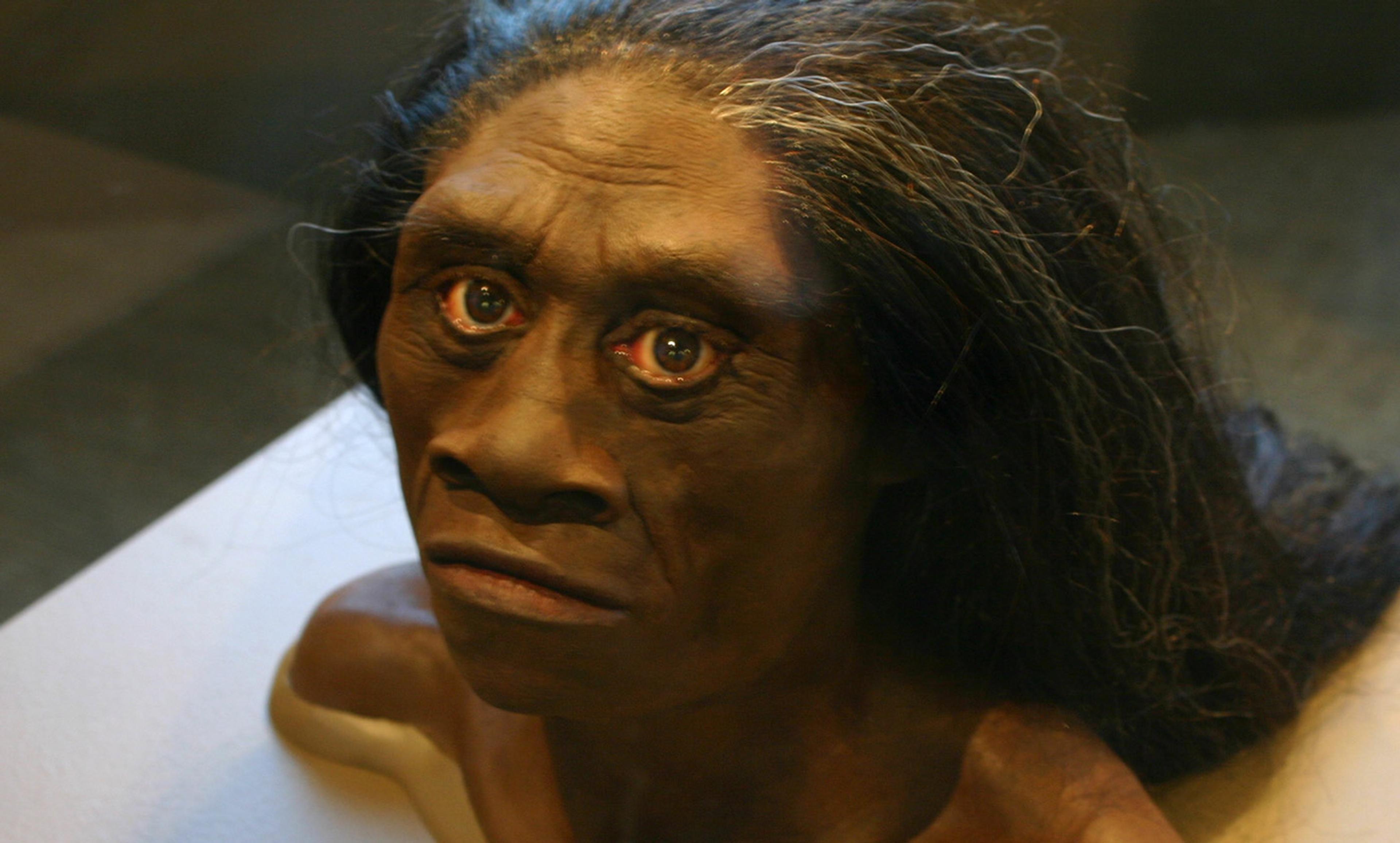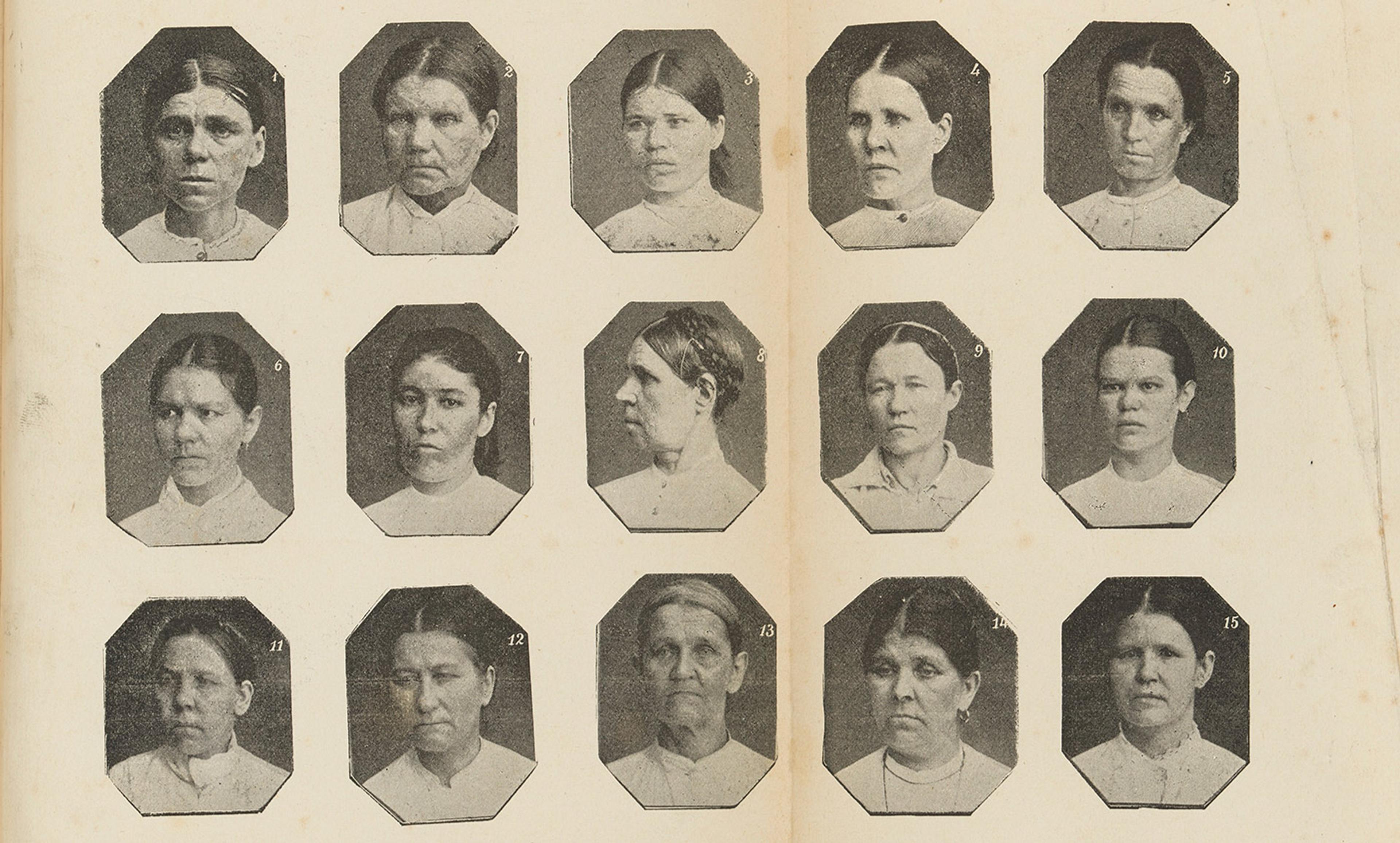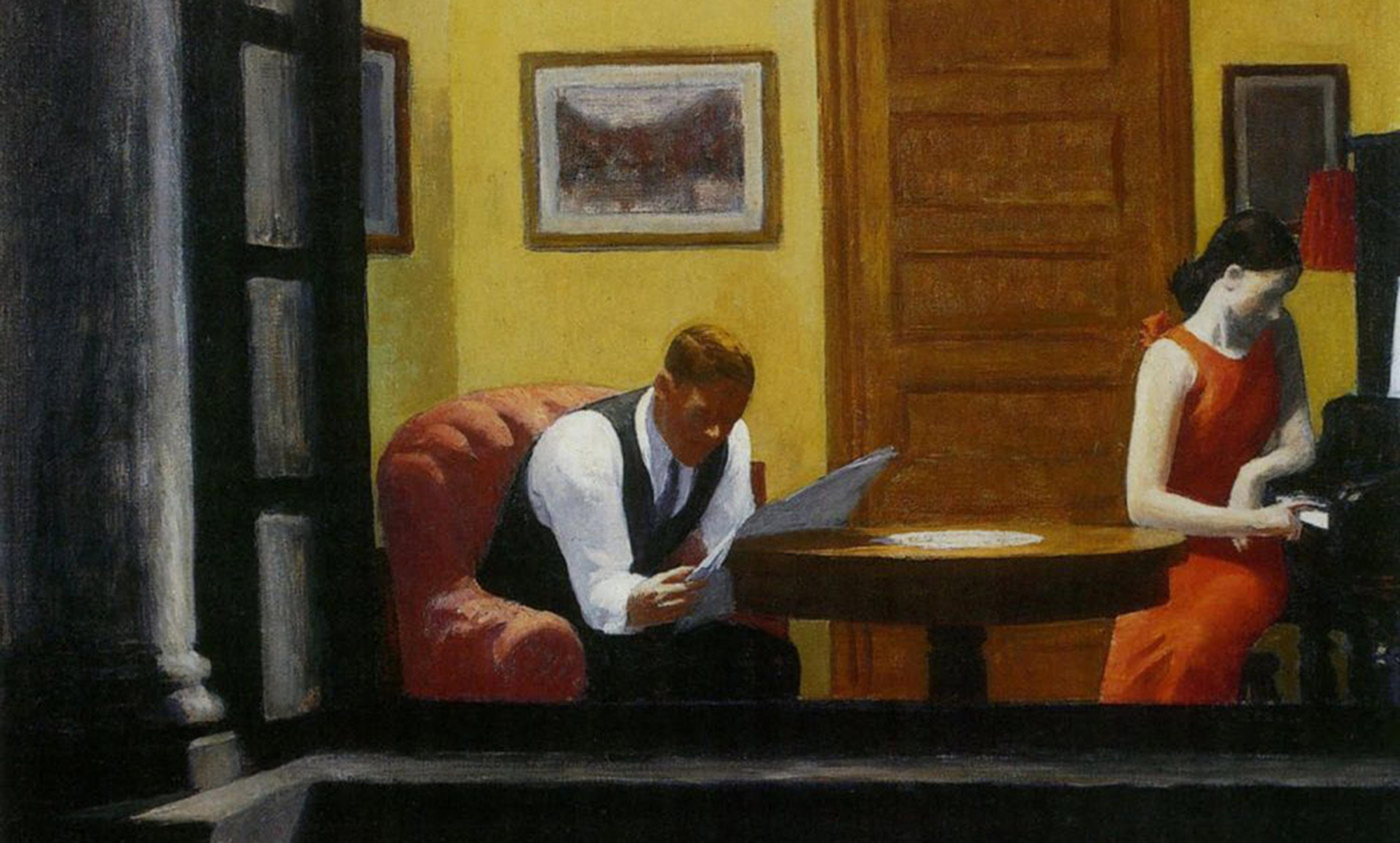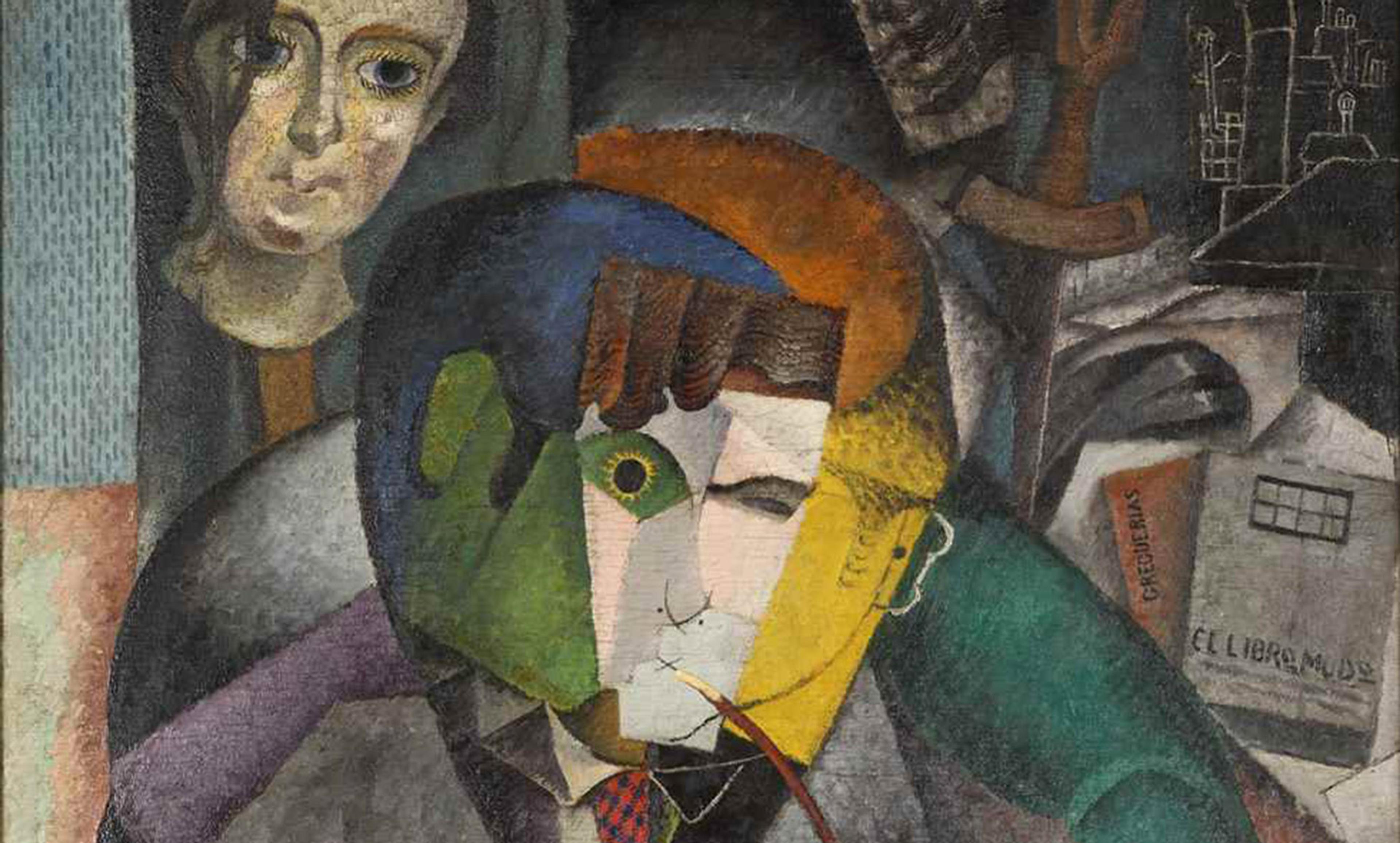
Homo floresiensis model at the David H Koch Hall of Human Origins at the Smithsonian National Museum of Natural History. Photo by Ryan Somma/Flickr
An ancient legend from the Indonesian island of Flores speaks of a mysterious, wild grandmother of the forest who eats everything: the ‘ebu gogo’. According to folklore, such tiny, hairy people as her once roamed the tropical forests alongside modern humans, eating crops and sometimes even human flesh. For decades, ethnographers documented the tale, recording details of the ebu gogo’s mumbling speech to her long, pendulous breasts, all while assuming the story was simply a myth. The legend became viewed in entirely new light, however, when the bones of an equally small, previously unknown species of human relative was discovered deep in a cave on the very same island.
The 2004 announcement of a new branch on the human evolutionary tree was astonishing, to say the least. Standing just over a metre tall, the hominin labelled Homo floresiensis had a small brain, the apparent ability to make arduous water crossings, and seemingly honed skills in making stone tools. Much of the species’ anatomy looked primitive, yet evidence for their behaviour indicated an advanced, humanlike being. The hominin was so seemingly mythical that the research team drew from J R R Tolkien’s fictional world for its nickname: the hobbit.
Arguably the strangest aspect of the diminutive hominins’ story was the suggestion that they survived into the recent past, roaming the tropical forests and ancient volcanoes as recently as 12,000 years ago. Not only was this date surprising because it is a time when scientists believed that Homo sapiens were alone on the planet, but also because it was long after the arrival of modern humans in the area – tens of thousands of years after, in fact. Had hobbits lived alongside our own species for all that time?
Associations between ebu gogo and H floresiensis arose immediately after the media hobbit frenzy broke. From news headlines to scientific meetings, people wondered: could these two creatures be one and the same? Had the locals been imagining mythical, wild people of the forest – or merely reporting on them? Perhaps the seemingly fictitious legend had an empirical basis all along. While the media ran with the idea, some scientists, too, entertained it – fuelling hope that the legend could suggest that a living, breathing H floresiensis could still be found on some remote part of the island today.
The proposed connection between the bones and the myth raised an interesting question, one that is being explored by anthropologists in other parts of the world: how far back in time can oral traditions accurately report events? Some scientists studying indigenous memory have suggested that oral traditions contain extraordinarily reliable records of real events occurring thousands of years ago. Where, then, are the boundaries between legend, memory, myth and science? Had the people of Flores preserved an oral record of H floresiensis?
The ethnographer who originally documented the tale of ebu gogo, Gregory Forth of the University of Alberta in Canada, argued that anthropologists are too inclined to dismiss folk categories as products of the imagination, while others pointed to the many correlations that existed between the description of ebu gogo and H floresiensis. Both were described as having long arms, for example, and being small in stature. Many were intrigued by the extreme detail of the legend; surely the vivid description of the ‘pendulous breasts’ that the ebu gogo allegedly threw over her shoulders must be compelling. Forth even lamented that the ‘dimensions of female breasts is, unfortunately, one of many things that cannot be gauged from paleontological evidence’.
From the beginning, there were, however, weak links in the proposed connection between the prehistoric bones and the mythical legend. To begin with, the two concepts exist in entirely different regions of Flores. The category ‘ebu gogo’ belongs to the Nage people who reside more than 100 kilometres away from the H floresiensis discovery site at Liang Bua, across treacherous mountains and thick jungle forests. The hobbit cave is instead home to the culturally and linguistically distinct people known as the Manggarai. While it is not unimaginable that H floresiensis could have roamed the landscape, it is suspicious that ebu gogo is not a Manggarai invention. A quick glance across the archipelago also reveals that stories of small forest creatures are not unique to Flores, which is perhaps unsurprising given that the area is rife with living, humanlike primates. The well-known orang pendek (short people) of nearby Sumatra, for example, are thought to be accounts of orangutans. While Flores has no orangutans, there are plenty of macaques.
Yet these holes didn’t stop discussions of ebu gogo from recurring. Expeditions endeavoured to find still-living wildmen, hoping to gaze into their bestial eyes. Local villagers, too, began reporting having killed them. A mockumentary ‘inspired by real scientific discovery’ – The Cannibal in the Jungle (2015) – told the story of a cannibalised murder in the forest, blamed on a foreign researcher who was vindicated only after the discovery of H floresiensis and the realisation that the crime had been committed by ebu gogo. Playing with fact and fiction, it mixed genuine footage from the hobbit excavations with eccentric actors and fake newspaper headlines. The film even features interviews with real scientists and experts, whose comments about the ‘exceptional’ fossil discovery were woven into the fictional narrative.
The myth persisted even as real scientists scoffed. But eventually holes in the ebu gogo/H floresiensis association grew too large to be ignored. Each expedition in search of a reported sighting revealed an empty cave or else, a macaque. New pieces of scientific evidence have also made the connection increasingly implausible, especially a revision of the dating that moved the hobbits’ disappearance to almost 50,000 years ago. To experts, ebu gogo was about as real as the tooth fairy.
So, what then, are we to make of the legend of ebu gogo? Why are we so captivated by the idea of ancient wildmen of the forest?
Some culpability lies in the bones themselves. Over the past couple of decades, with palaeoanthropology changing rapidly, discoveries such as H floresiensis have overturned basic assumptions about the past. One example is the shifting realisation that the picture of hominin diversity during our own species’ time on this planet was much more crowded and entangled than previously believed – a notion brought on largely by H floresiensis and since added to by additional discoveries.
Maybe the significance of the intertwined stories of H floresiensis and ebu gogo, then, is the realisation that scientific discoveries – particularly the unexpected ones – have the power to transform the way we think. By confronting scientists with something so unforeseen, these small bones opened the door to big speculation.
H floresiensis revealed that the past was more bizarre than we imagined, full of evolutionary hodgepodges, unexpected migrations, and life in surprising places. And while the legend of ebu gogo failed to echo paleoanthropological reality, such botched connections are not always the case. Researchers from geology to palaeontology turn to folklore, and events from volcanic eruptions to fossil discoveries have shown that science has something to gain from engaging with legend. Even the fabled creature with a lion’s body and an eagle’s beak introduced to Greek travellers as the griffin was likely grounded in encounters with dinosaur bones. The interplay between science and myth has become ever more complex – and more interesting. After all, if hobbits once lived on a remote Indonesian island, what else was once possible?





